Spider-Man: Breakout
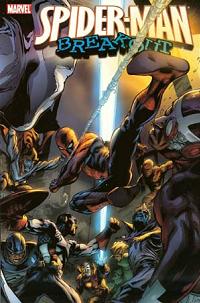 By Tony Bedard (W) and Manuel Garcia (A)
By Tony Bedard (W) and Manuel Garcia (A)
Cover price $13.99. Published by Marvel Comics. Originally printed as Spider-Man: Breakout 1-5.
The Plot: Spider-Man tries to apprehend two feuding supervillain factions that escaped from the Raft when Electro broke into it in New Avengers.
Strengths: The villains are the stars of this book, and a lot of fun things can happen when the main characters have no qualms about doing naughty things. Like murder and mayhem and guys that look like monkeys chemically seducing women. The Corruptor forces people to act out the very darkest aspects of their psyche, and has a man’s co-workers line-up in front of him as he shoots them all in the back of the head. Mandrill (who looks like a mandrill) uses his pheromone powers to convince a woman to hammer a pen into her ear and later uses them to convince 20+ women to have an orgy (although they’re interrupted before it actually happens). That’s not something you’d see Spider-Man or Captain America doing.
Weaknesses: Too much explaining! Spider-Man explains to the former warden of The Vault how he tracked her down after she faked her death. Then the warden explains why Crossfire is a cool villain (he’s not, though). Then some guy who knows the U-Foes explains to them how he tracked down the warden. Then the warden explains to Spider-Man the previously unmentioned connection she has with Crossfire. Then she explains why she became the warden of The Vault and why she faked her death. Then Crossfire explains why his group and the U-Foes are looking for the warden. And then to top it all off Spider-man explains the painfully obvious tactic he used to trick Crossfire into unknowingly sending out a distress signal to Captain America and Iron Man. That’s like half the trade right there.
Spider-Man’s really a supporting character in this book. The U-Foes (Vector, Vapor, X-Ray and Ironclad) and Crossfire’s group (Crossfire, Mister Fear, The Controller, The Corruptor and Mandrill) are the stars, and you probably haven’t heard of any of them. I’ve been reading Marvel comics for well over ten years and I don’t think I’ve ever read a single story with any of those characters in it. Yet they don’t even bother explaining who these people are or what they can do until you’re halfway into the story. And yes, I realize I said there was too much explaining already, but when the stars are a group of characters the readers haven’t heard of, you need to explain who they are.
Grade: D. Spider-Man: Breakout feels like a below-average fill-in arc in a below-average Spider-Man series, not a mini-series spun out of the top-selling monthly Marvel title. It wasn’t a story that deserved to be told for any reason other than to take three more dollars a month from Spider-Man and New Avengers fans. It had its moments, specifically anything involving Mandrill, but ultimately it’s a waste of time.
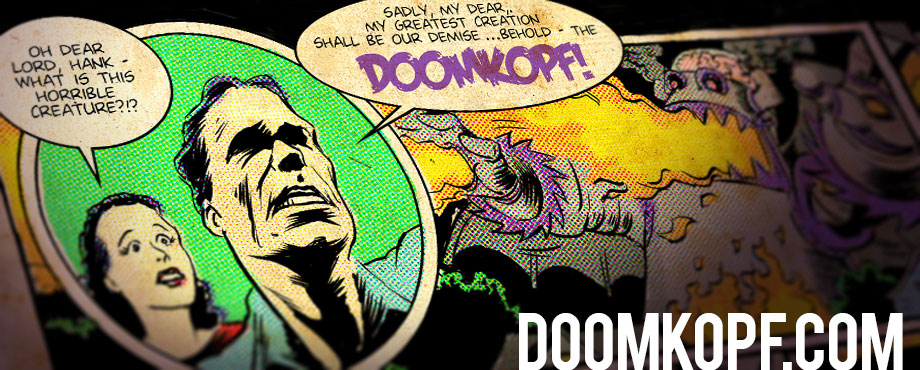
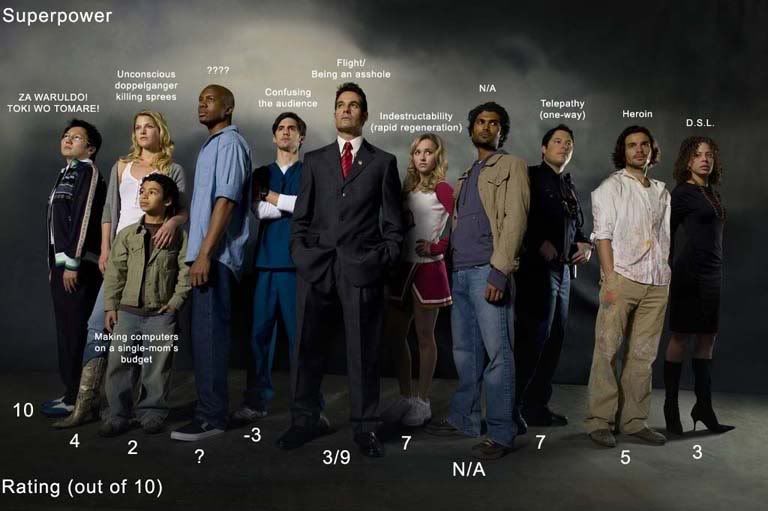
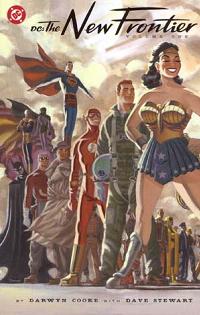
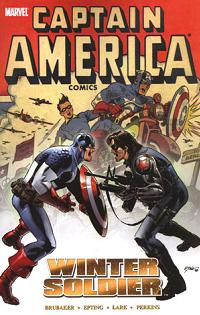
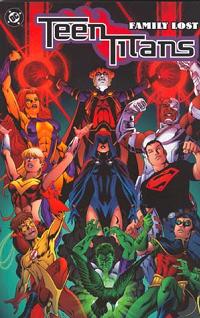

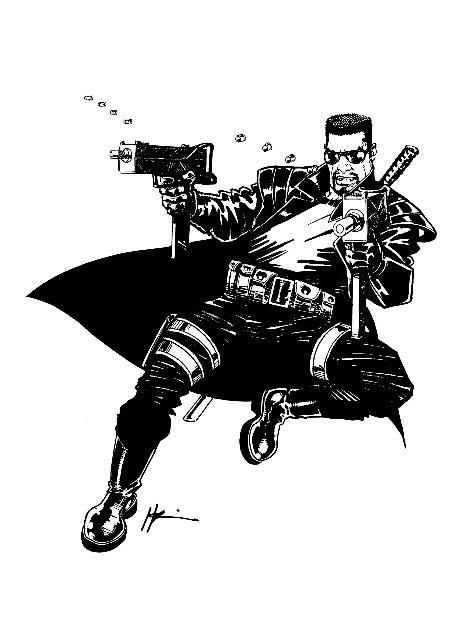

 I only picked up the first issue of Ghost Rider a few months back because Mark Texeira was doing the art again. I’d seen that there was a relaunch of Ghost Rider in the past few years – maybe even more than one – but the art always seemed goofy and inappropriate. As someone who started reading Ghost Rider soon after the early 90s relaunch, it’s not Ghost Rider if it’s not drawn by Texeira.
I only picked up the first issue of Ghost Rider a few months back because Mark Texeira was doing the art again. I’d seen that there was a relaunch of Ghost Rider in the past few years – maybe even more than one – but the art always seemed goofy and inappropriate. As someone who started reading Ghost Rider soon after the early 90s relaunch, it’s not Ghost Rider if it’s not drawn by Texeira.